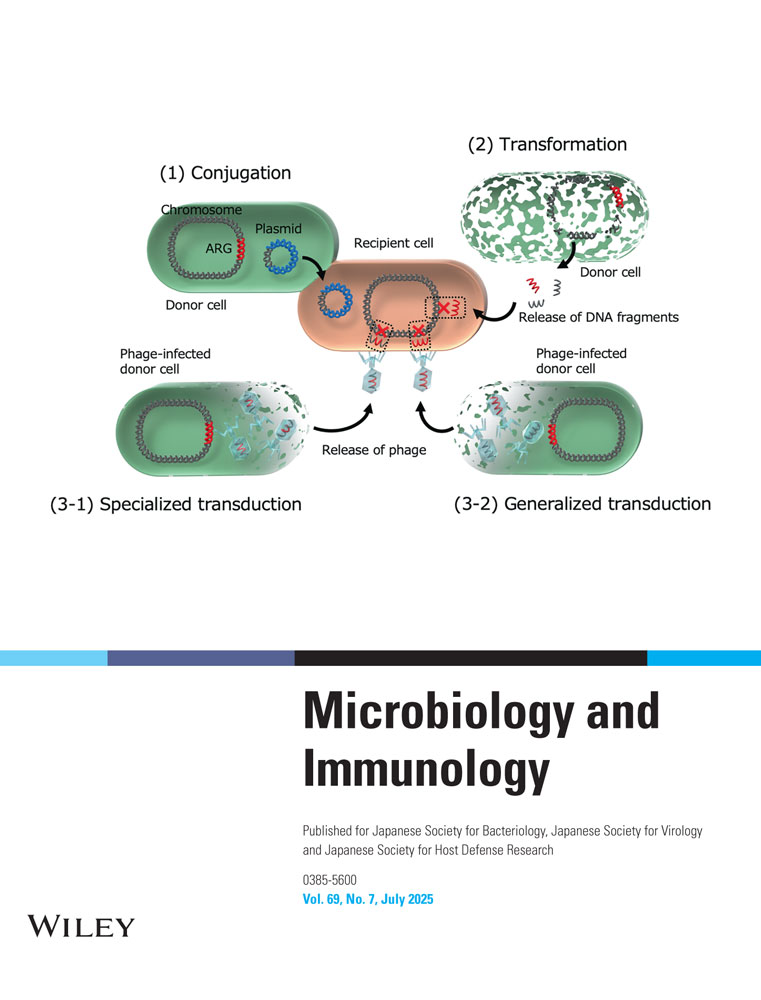Detection and Phylogenetic Analysis of Norovirus in Corbicula fluminea in a Freshwater River in Japan
Abstract
To study the molecular epidemiology of noroviruses (NoVs) in bivalves residing in freshwater rivers, we detected, quantified and phylogenetically analyzed the NoV genome in purified concentrates obtained from the gills and digestive diverticula of Corbicula fluminea in a freshwater river in Gunma Prefecture, Japan. We detected the NoV genome in 35 of the 58 C. fluminea samples. Based on our phylogenetic analysis, the NoV genome detected in the samples was classified into 4 genotypes (GI/1, GI/2, GI/3 and GI/4) in genogroup I and 5 genotypes (GII/3, GII/4, GII/5, GII/8 and GII/12) in genogroup II. The phylogenetic tree showed wide genetic diversity among the genogroups. In addition, more than 104 copies of the NoV genome were detected in 2 of 35 samples. These results suggest that the freshwater bivalve C. fluminea is a reservoir for NoVs, similar to seawater bivalves such as oysters.
Abbreviations
-
- GI
-
- genogroup I
-
- GII
-
- genogroup II
-
- N-J
-
- neighbor-joining
-
- NoV
-
- norovirus
-
- OTU
-
- operational taxonomic unit
-
- PBS
-
- phosphate-buffered saline
-
- PCR
-
- polymerase chain reaction
-
- RT-PCR
-
- reverse transcription-PCR.




